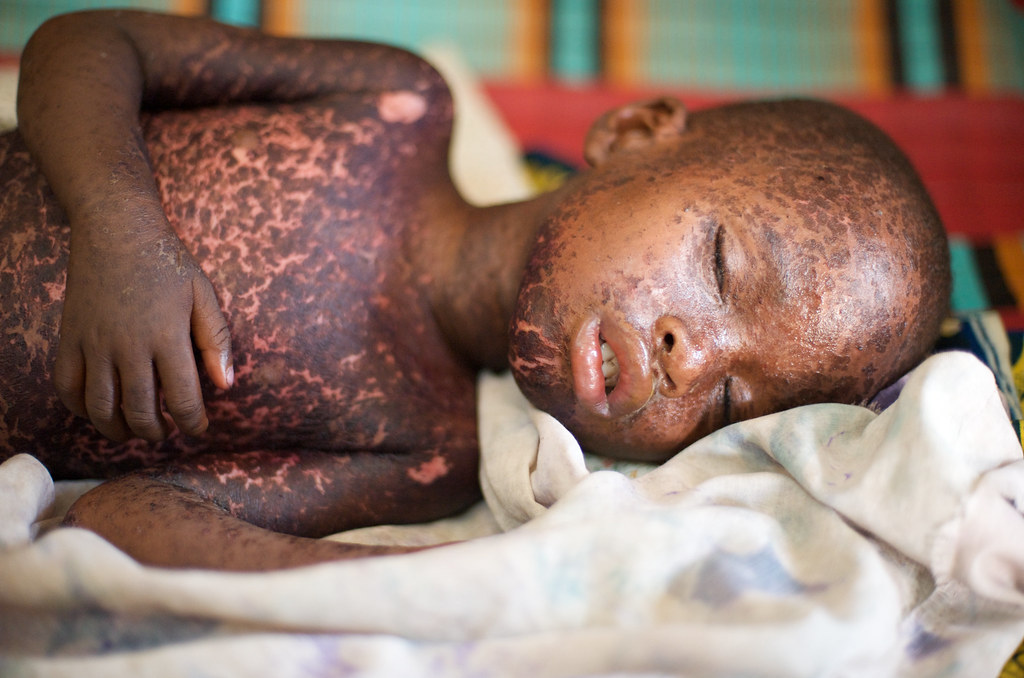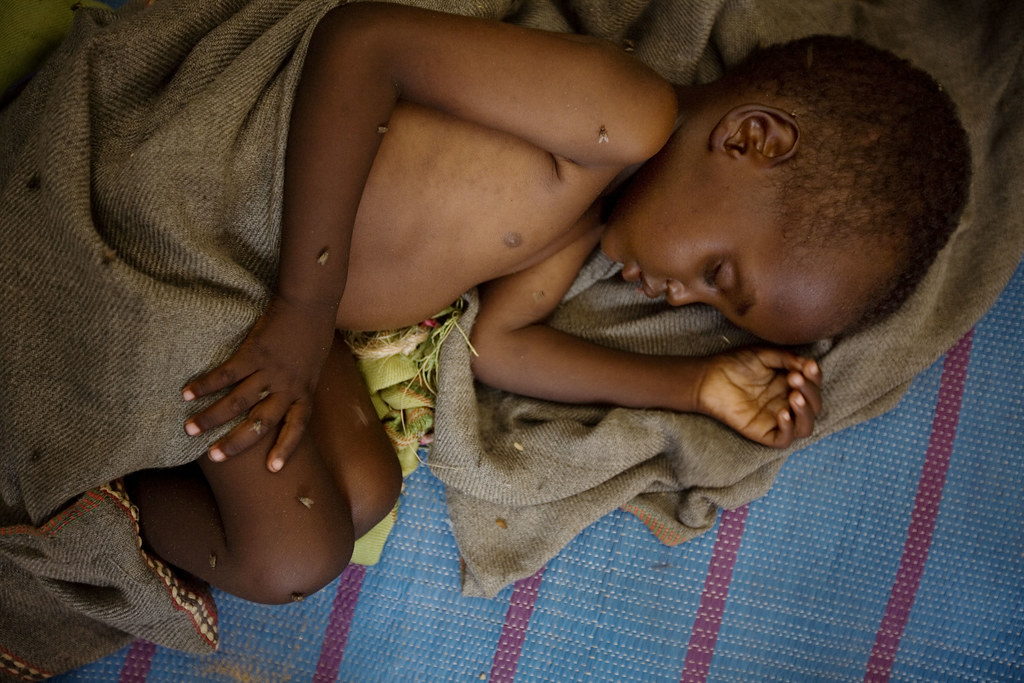Malnutrition diseases are a growing concern for many communities around the world. People of all ages and backgrounds can be affected by these debilitating conditions, which can have severe physical and mental effects. Without proper detection and treatment, malnutrition diseases can quickly spiral out of control, leading to long-term health concerns that can last for years. In order to help address this public health crisis, a variety of campaigns are being launched across the globe to increase awareness and provide access to vital care services. These campaigns often involve collaboration between government programs, community organizations and healthcare professionals who are dedicated to fighting malnutrition diseases. By providing educational resources on healthy eating habits and offering free medical screenings in areas with high rates of malnutrition, these initiatives aim to identify those at risk so they can receive prompt treatment before their condition worsens.
Malnutrition
Malnutrition is a serious health issue affecting millions of individuals around the world, and it can take many forms. Generally speaking, malnutrition refers to an imbalance between dietary intake and energy expenditure that results in either a deficiency or an excess of essential nutrients. Malnutrition can be caused by inadequate diet, poor absorption of food due to illness or disease, inadequate sanitation leading to the spread of waterborne diseases which can interfere with digestion and absorption of food, as well as other environmental factors such as war or poverty. Symptoms associated with malnutrition include wasting away of muscle tissue, reduced immunity and increased susceptibility to infections, skin problems such as dryness and flaking, hair loss or thinning hair, decreased mental alertness due to lack of essential vitamins and minerals found in certain foods. Malnutrition diseases can also lead to long-term physical disabilities if left unchecked or untreated.
Causes of Malnutrition Diseases
Malnutrition diseases are a major concern in the world today, and there is an urgent need to detect and treat these ailments. Malnutrition can be caused by a variety of factors, such as lack of proper nutrition, inadequate food sources, poverty, or poor health care access. Understanding the causes of malnutrition can help experts create effective campaigns to detect and treat these diseases. The most common cause of malnutrition is a lack of nutrients in the diet. Eating processed foods with few vitamins or minerals can lead to serious deficiencies over time if not balanced with adequate fruits and vegetables. Other causes include poverty and poor access to healthcare services which can limit individuals from seeking treatment for nutritional needs.

Detection and Treatment Strategies of malnutrition diseases
Malnutrition affects the health of both children and adults, leading to poor physical and cognitive development. In order to effectively combat malnutrition, it is important to have detection and treatment strategies in place. Campaigns that specifically target detecting and treating diseases caused by malnutrition are essential for improving public health outcomes. Early diagnosis can mean the difference between life or death with some severe forms of malnutrition. Therefore, campaigns must be run at regular intervals to detect cases as soon as possible. Treatment strategies should be tailored to each case depending on its severity, but they should always include an increase in nutrient-dense food intake along with proper medical care when necessary. Furthermore, nutrition education is key for preventing such diseases from occurring in the first place.
Impact of Detection and Treatment Campaigns
The lack of nutritious food and poor access to health care can lead to malnourishment diseases, such as Kwashiorkor and Marasmus. To reduce the prevalence of malnutrition diseases, governments have launched various campaigns to detect and treat malnourishment among at-risk populations. The aim of these campaigns is to identify those individuals who are most susceptible to malnutrition before the condition worsens. Through regular screenings, children under the age of five are monitored for signs of malnourishment in order to provide timely treatment and prevent any further damage caused by the disease.
Challenges in Detection and Treatment of Malnutrition Diseases
Unfortunately, there are many challenges associated with both detecting and treating malnutrition diseases. One obstacle to detection is lack of access to appropriate medical services and supplies in remote areas where malnutrition rates tend to be highest. This makes diagnosing malnutrition cases very difficult for healthcare workers, as they may not have access to necessary equipment or expertise in identifying the signs and symptoms. In addition, some people may not visit a doctor until their condition has become severe because of poverty or lack of awareness about proper nutrition and health care.

Conclusion
Malnutrition is one of the leading causes for a number of diseases, and campaigns to detect and treat malnutrition have been implemented around the world. After examining these different initiatives, it is clear that this strategy has been successful in helping to reduce malnutrition-related illnesses. In conclusion, it is evident that campaigns such as these are essential for providing individuals with necessary treatments and healthcare resources.
FUNGI INFECTION AND CELL IMMUNITY







Comments are closed.